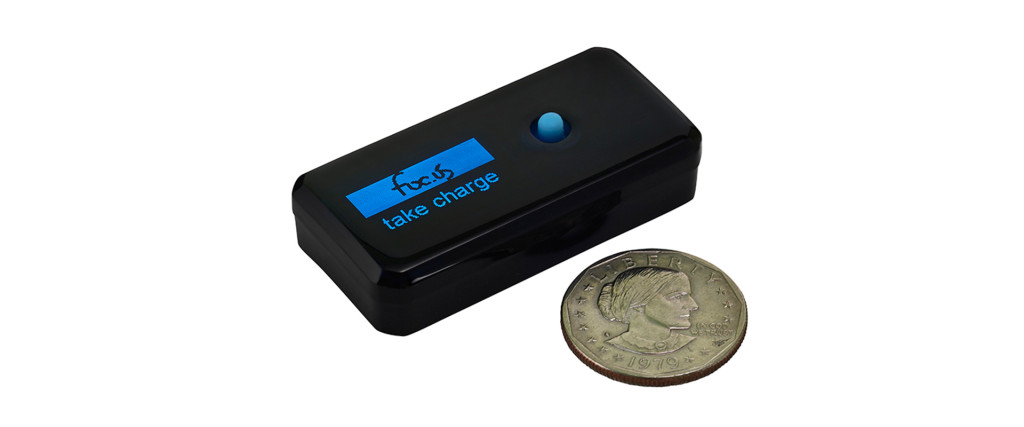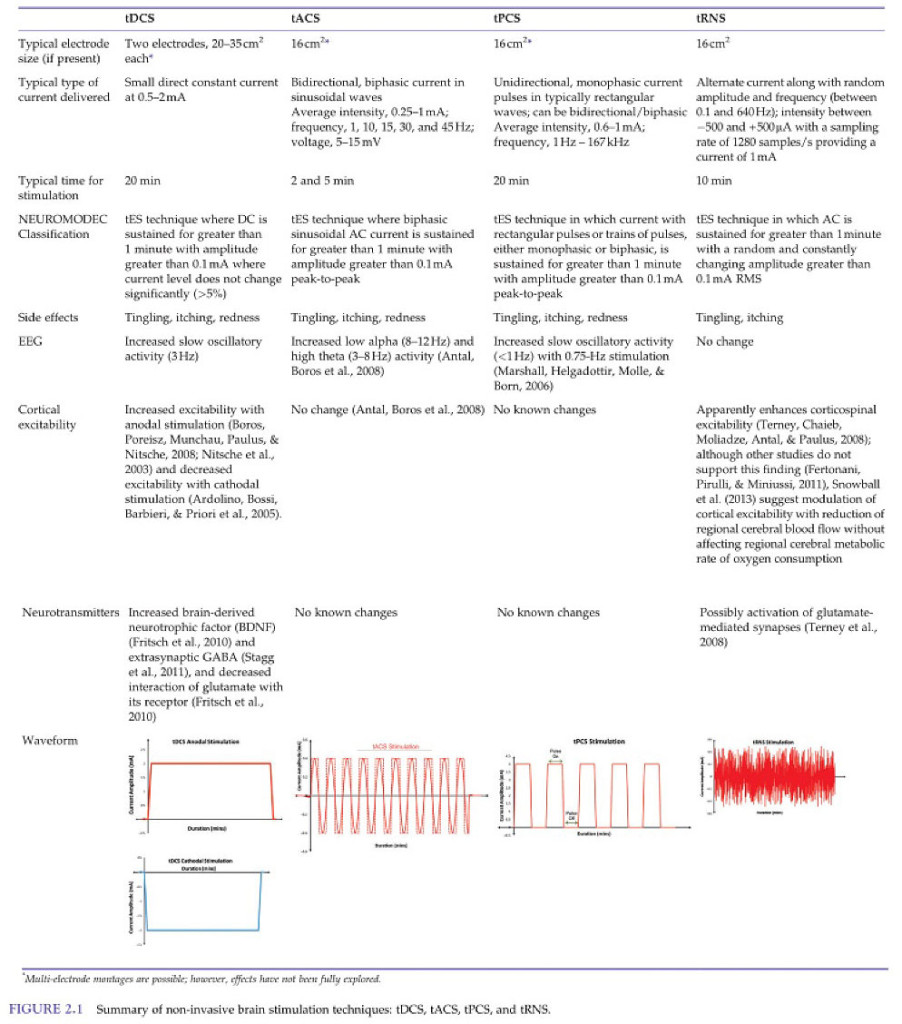[Update 3/17/15 Foc.us just announced version 1.0 of their new Mac software:
foc.us+ OS X software is now available
http://update.foc.us/softwares/foc.us-dock-sw-mac-1.0.stable.dmg ]
I’ve copied the entire post from the Foc.us blog. This is a significant development. tACS, transcanial alternating current stimulation, has been discussed in the DIY community as a hopeful, eventual, capability that would evolve out of a microprocessor-based DIY project. That means software and a level of complexity that most DIYers aren’t prepared to take on. But not only tACS, tRNS – transcranial random noise stimulation, tPCS – transcranial pulsed current stimulation (something I know nothing about), and a Sham setting… well, Foc.us has definitely set the bar here. This is a $199 device! (Plus headset, sponges and shipping $298) [CORRECTED]. Windows-only software at present though Mac ‘coming soon’). This will have a serious impact on any of the DIY commercial tDCS devices.
That said, this is an announcement from the manufacturer. I expect the Reddit tDCS crowd will be exploring these claims over the next few months. This is exciting news and opens the door to some serious citizen science.
tACS, tRNS, tPCS, Sham, Double Blind and Voltage Control – a look at the new features in foc.us firmware update 1.7
The latest firmware update for the foc.us v2 developer edition is now available for download. It’s quite a big release in terms of new features so here’s a quick run down of whats new.
New modes – tACS, tRNS, tPCS
In addition to tDCS (constant current) you can now create different energy waveforms – shaped like waves, pulses or noise.
tACS – transcranial alternating current stimulation
tACS mode allows you to create a sine wave current where you can set the maximum current, current offset and frequency. It is even possible for the polarity of the electrodes to switch – flipping a cathode to an anode (and vice versa) up to 300 times per second.
Full explanation of tACS settings can be found here.
tPCS – transcranial pulsed current stimulation
tPCS mode enables you to create pulses of current. You can control the frequency, offset and also the duty cycle of the waveform. Full explanation of tPCS settings can be found here.
tRNS – trancranial random noise stimulation
tRNS mode can create random waveforms where either the frequency, the current or both take random values between the min and max values set. tRNS settings are here.
Sham – Off, On or Double Blind
Sham mode is used by researchers to check for placebo effect in studies. If you set to On, the current will begin, but then turn off (after a user configurable duration). But if you want to test yourself, knowing sham was on would defeat the purpose. But if you set sham to “double blind” then you may or may not receive a sham session.
Voltage Control
During a neuromodulation session the resistances involved vary and so the voltage changes to maintain the target current. It is now possible to set a limit on the voltage you want to use in all modes. If you find you are sensitive to the voltage you can use this setting to find a comfortable setup.
Wave, Pulse and Noise programs
These are pretty advanced settings so there are also three new programs with default values you can try.
Summary
These new settings give you even greater control over your neuro-stimulation options. And with double blind you check if its working for you.
foc.us – take charge™
via FOC.US — tACS, tRNS, tPCS, Sham, Double Blind and Voltage….


